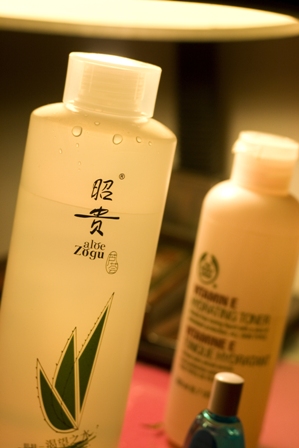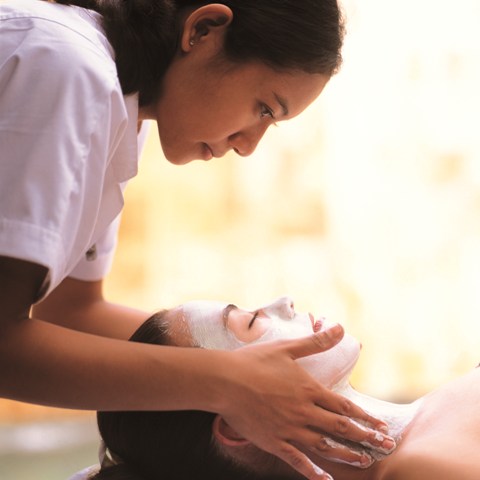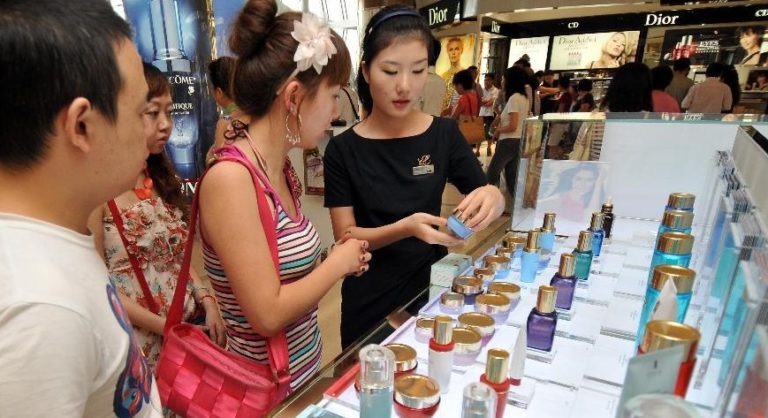The Cosmetic Industry in China
The cosmetic industry in China has been increasing with the rapid growth of the Chinese economy these recent years. The total retail sales of skin care products and makeup products in China is estimated to 142 billion RMB and 21 billion RMB respectively in 2014, an annual growth of 8.0% and 9.4% respectively. China’s consumer market of cosmetics is structured present in the following manner:
- Anti-aging products: cosmetics that allow consumers to stay young and fight against aging are increasingly solicited.
- Skin care products: skin care products meet one of the most dynamic sectors of the cosmetics market.
- Shampoos and hair care products: shampoo market and hair care products are in full saturation and growth is slowing.
- Makeup products: the make-up market is not saturated yet, precisely in rural areas and a second tier or third tier cities. Sales of eye makeup products have grown significantly in recent years.
- Products for children: Sales of cosmetics used by children continues to grow.
- Sunscreen products: Solar products provide traditional quiet season sales.
- Cosmetics Sport: many lovers of sports and fitness bodies are eager to maintain an attractive appearance. Therefore, the market of cosmetics for the sports industry is full of opportunities. In China, the cosmetic market proposes antibacterial, anti-odor, anti-sweat, and compact portable size, products that can help to prevent moisture.
- Cosmeceuticals: consumers become increasingly aware of products that combine cosmetics and pharmaceutical characteristics such as spot lightening cream, acne treatment, and acne ointment lotion.
Market Overview
The consumer attitude has changed dramatically, in the Chinese cosmetic market. Nowadays, Chinese consumers are more free in their decisions. Instead of being influenced by advertising and promotional campaigns, they take information across different channels and consider many factors before choosing the products that best meet their requirements. The consumers are generally grouped into three main categories namely upper, middle and lower target group, depending on their preference for the brand, the quality of the product selected, the price and their own purchasing power. The new Chinese generation prefers imported cosmetic brands from Europe, the US, and Japan.
Cosmetics for men: men’s cosmetics sector experienced strong growth, especially for men’s skin care products. the market for skin care products for men increased by 8.5% in 2014, more and more consumers accept male skin care and makeup products. In 2014, the male population was estimated at 56.24% of the total. However, the market share of cosmetics for men as a whole is relatively low. Oil-control and cleaning are the two major concerns of men. The facial cleansers occupy a large market share of cosmetics for men.
Sales of Cosmeceuticals in China are grown at an average annual rate of 10-20%. Currently, there are over 170 companies in the market of China’s cosmeceuticals, and all these players are famous pharmaceutical companies in China, such as Yunnan Baiyao and Tongrentang. While Cosmeceuticals have medicinal properties, they are classified as cosmetics because there is no official definition of the term “cosmeceuticals” in China.
The principals’ actors of the Cosmetic Industry in China
 More than 3,880 companies have been registered for the cosmetic industry in China, more than 1,845 are located in Guangdong. However, taking into account the cosmetics market, it is found that the national players represent only 20% of the market while foreign-funded enterprises and joint ventures possess the largest share of 80%. The rapid growth of the domestic cosmetics companies has an annual growth of approximately 10-15% in 2014. The share of the national market brands grows gradually, resulting in competition with their foreign counterparts. Some foreign brands like Revlon, Garnier, and Episteme have announced that they would withdraw from the market, due to a high competition. But it is not an impact of the growing expansion of the domestic companies since multinational brands in the Chinese market have huge resources and strong teams of research and development.
More than 3,880 companies have been registered for the cosmetic industry in China, more than 1,845 are located in Guangdong. However, taking into account the cosmetics market, it is found that the national players represent only 20% of the market while foreign-funded enterprises and joint ventures possess the largest share of 80%. The rapid growth of the domestic cosmetics companies has an annual growth of approximately 10-15% in 2014. The share of the national market brands grows gradually, resulting in competition with their foreign counterparts. Some foreign brands like Revlon, Garnier, and Episteme have announced that they would withdraw from the market, due to a high competition. But it is not an impact of the growing expansion of the domestic companies since multinational brands in the Chinese market have huge resources and strong teams of research and development.
Some Chinese cosmetics producers such as Chinfie, CMM, Houdy, Longrich, Herborist and Chando gained a lot of market share with their international counterparts. Meanwhile, some domestic brands that have been long established as Pechoin, Maxam and Bee & Flower are also actively changing, rejuvenating their products or develop new ones to meet the market demands. Today, some large domestic companies have decided to develop high-quality products to meet the increasingly needs of consumers in the middle and high-end domestic markets. China encounters a lot of competition from foreign brands such as Shiseido, Mary Kay, L’Oreal, Estee Lauder and Olay. Even if these global giants engage in oligopolistic competition, the low-end market is divided by local SMEs.
The market for cosmeceuticals is dominated by foreign brands. Currently, major cosmeceutical brands present on the shel
ves of pharmacies include Vichy, La Roche-Posay, Freeplus and simple. Domestic brands such as Tongrentang, Herborist and Sanjiu are also part of the cosmeceutical market and are gradually recognized by consumers.
Daxue Consulting, China Market Research Company. Contact us at dx@daxueconsulting.com





